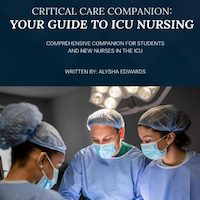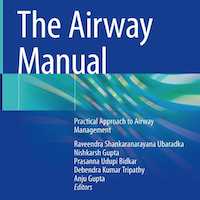Stories Category: Intensive Care
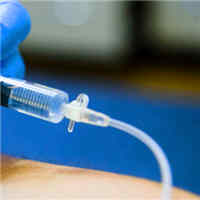
Equipotent Ratios for the Most Common Vasopressors
Calculating equipotent doses between vasopressor agents is necessary in clinical practice and research pertaining to the management of shock. This scoping review summarizes conversion ratios between vasopressors and provides... read more
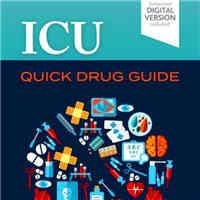
ICU Quick Drug Guide
Offering essential, evidence-based practice guidelines specifically for the critical care setting, ICU Quick Drug Guide contains up-to-date information in a quick-access format. This portable handbook provides fast, accurate... read more

Liberation from Invasive Mechanical Ventilation with Continued Receipt of Vasopressor Infusions
Weaning protocols for discontinuation of invasive mechanical ventilation often mandate resolution of shock. Whether extubation while receiving vasopressors is associated with harm is uncertain. To examine whether extubation... read more

Critical COVID-19 Pneumonia Determinants
SARS-CoV-2 infection is benign in most individuals but, in approx. 10% of cases, it triggers hypoxemic COVID-19 pneumonia, which becomes critical in ˜3% of cases. The ensuing risk of death (˜1%) doubles every five years... read more

The Reemergence of Ketamine for Treatment in Critically Ill Adults
Ketamine has suggested potential benefit in several disease states impacting critically ill patients including pain, alcohol withdrawal syndrome, status epilepticus, and acute agitation. Further supporting evidence is needed... read more
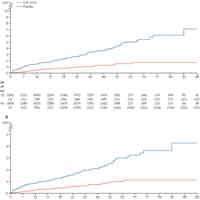
COVID-19 Vaccine: Safety and Efficacy
Two doses of SCB-2019 vaccine plus CpG and alum provides notable protection against the entire severity spectrum of COVID-19 caused by circulating SAR-CoV-2 viruses, including the predominating delta variant. This ongoing... read more

Assessment of Patiromer Monotherapy for Hyperkalemia in an Acute Care Setting
In this cohort study of patients with acute, non–life-threatening hyperkalemia, a single dose of patiromer was associated with a significant decrease in serum potassium levels and a low incidence of hypokalemia. These... read more

COVID-19 Mortality Prediction Model
While there have been extensive analyses characterizing cellular and humoral responses across the severity spectrum in COVID-19, predictors of outcomes within severe COVID-19 remain to be comprehensively elucidated. Recently,... read more
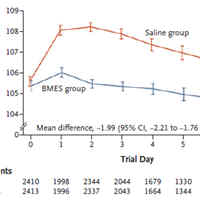
The Ongoing Saga of Normal Saline vs. Balanced Fluids
I have discussed the ongoing battle between normal saline and ‘balanced fluids’ many times in the past. First, there was the SPLIT trial, a double blind cluster RCT of 2200 ICU patients that showed no difference between... read more
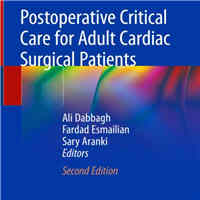
Postoperative Critical Care for Adult Cardiac Surgical Patients
This text reviews the postoperative management of patients who have undergone cardiac surgical procedures, some of the most common and most complicated forms of surgery. These patients and their management are characterized... read more

Prolonged Blood Storage and Risk of Posttransfusion AKI
In a population of patients without severely impaired baseline renal function receiving fewer than 10 erythrocyte units, duration of blood storage had no effect on the incidence of posttransfusion acute kidney injury (AKI). The... read more
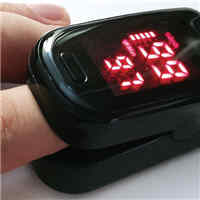
Treating Hypoxia in Discharged COVID-19 Patients
The ICU technique of placing a hypoxic patient in a prone position is being widely used to care for COVID-19 patients in respiratory distress to improve oxygenation and possibly to avoid intubation. The COVID-19 pandemic... read more
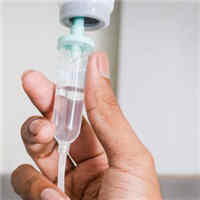
Ketamine vs. Nonketamine Regimens for Analgosedation in the ICU
Results suggest ketamine as an adjunct analgosedative has the potential to reduce opioid exposure in postoperative and MV patients in the ICU. More RCTs are required before recommending routine use of ketamine in select populations. A... read more

ERC-ESICM Guidelines on Temperature Control After Cardiac Arrest in Adults
The aim of these guidelines is to provide evidence‑based guidance for temperature control in adults who are comatose after resuscitation from either in-hospital or out-of-hospital cardiac arrest, regardless of the underlying... read more

Why Don’t Hospitals Just Pay Full-time Nurses More?
Hospitals' reliance on travel workers is nothing new. The pandemic intensified it and highlighted the gap between full-time workers' pay and lucrative temporary contracts. While the average salary for a travel nurse can... read more

Experiences of ICU Nurses with an Innovative Digital Diary Intervention
ICU nurses reported that the Post-ICU diary had added value for patients and their relatives. However, in the beginning they also experienced barriers such as lack of time, insufficient integration with their own work processes,... read more

Lessons Learned From the First 50 COVID-19 Critical Care Transfer Missions
Critically ill COVID-19 patients have highly complex medical needs during transport. Critical care transfer of COVID-19-positive patients by civilian HEMS services, including air transfer, can be achieved safely with specific... read more


